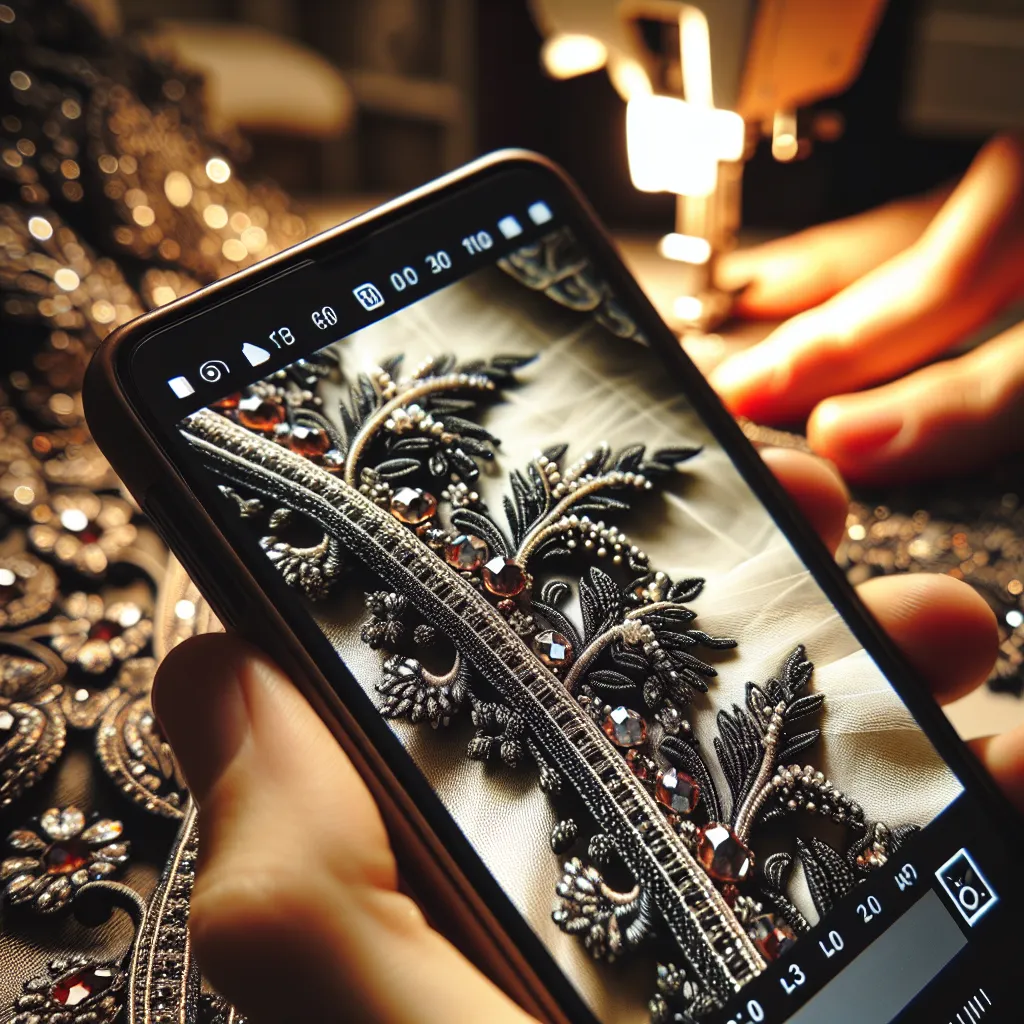The Evolution of Trimmings in Fashion
In the world of fashion design, trimmings play a crucial role in adding that extra touch of elegance, sophistication, and individuality to a garment. Over the years, the evolution of trimmings in fashion has demonstrated a fascinating journey, reflecting changes in trends, cultural influences, and technological advancements.
Historically, trimmings were predominantly handcrafted using materials such as beads, sequins, ribbons, and lace, often showcasing intricate designs that represented the artisan’s skills and cultural heritage. As industrialization took root, trimmings began to be mass-produced, opening up a new era of possibilities in fashion design.
With the emergence of new synthetic materials and innovative manufacturing techniques, the range of trimmings expanded, offering designers an extensive palette to experiment with. From metallic embellishments to laser-cut appliqués, the evolution of trimmings has constantly pushed the boundaries of creativity and design.
Furthermore, the evolution of trimmings has not only impacted the aesthetic appeal of garments but has also influenced sustainable practices in the fashion industry. Designers are now exploring eco-friendly trimmings made from recycled materials, thereby contributing to a more environmentally conscious approach to fashion design.
In conclusion, the evolution of trimmings in fashion design has been instrumental in shaping the industry’s creative landscape. As designers continue to seek new forms of expression, the role of trimmings will undoubtedly remain a compelling and ever-evolving aspect of fashion design.
How Trimmings Enhance Fashion Design
Trimmings play a crucial role in enhancing the overall design and aesthetic appeal of fashion pieces. These decorative elements, such as lace, ribbons, beads, and sequins, are not just ornamental but serve as key components that elevate the visual impact of garments and accessories. By incorporating trimmings, fashion designers can add intricate details and texture to their creations, making them more visually compelling and unique.
One way trimmings enhance fashion design is by adding depth and dimension to the garment. For instance, a simple dress can be transformed into a statement piece with the addition of carefully chosen lace trimmings along the hem or neckline. Moreover, trimmings can also be used to highlight specific areas of the design, drawing attention to the intricate craftsmanship and attention to detail.
Furthermore, trimmings offer designers a versatile tool to express creativity and individuality. Whether it’s delicately embroidered trimmings on a bohemian-inspired blouse or bold, metallic trims on a modern jacket, these elements allow for endless possibilities in design expression. The use of unique trimmings can help establish a designer’s signature style, setting their creations apart in the competitive world of fashion.
Additionally, trimmings can evoke cultural and historical references, adding a layer of storytelling to fashion pieces. From traditional embellishments to contemporary interpretations, trimmings can showcase the fusion of different influences, creating visually captivating designs with a narrative.
In conclusion, trimmings are indispensable in the realm of fashion design, serving as powerful enhancers that elevate the visual appeal, creativity, and storytelling potential of garments and accessories. Understanding the significance of trimmings allows designers to craft captivating pieces that resonate with the ever-evolving tastes and preferences of fashion enthusiasts.
The Cultural Significance of Trimmings in Fashion
Trimmings have played a significant role in fashion design across different cultures for centuries. From intricate embroidery to delicate lace, the cultural significance of trimmings in fashion cannot be overstated. In many cultures, traditional garments are adorned with specific types of trimmings that hold deep cultural and symbolic meanings. For example, in some Asian cultures, the use of intricate gold embroidery on garments signifies wealth, prosperity, and status. Similarly, in many African societies, the use of colorful beadwork and hand-woven trimmings is a reflection of community identity and heritage.
Furthermore, trimmings often reflect the craftsmanship and artisanal skills of specific regions or communities. The use of handwoven textiles, such as the famous Scottish tartans or the intricate ikat weaves of Central Asia, not only adds visual interest to fashion pieces but also preserves and celebrates traditional weaving techniques that have been passed down through generations.
Moreover, the incorporation of trimmings in fashion design has been a means of preserving and showcasing cultural heritage. Many designers today draw inspiration from traditional trimmings and incorporate them into modern fashion pieces, thus ensuring that age-old techniques and designs continue to thrive in a contemporary context. This not only adds depth and richness to fashion collections but also serves as a form of cultural preservation and appreciation.
In conclusion, the cultural significance of trimmings in fashion is profound, serving as more than just decorative elements. They are symbols of tradition, identity, and artisanship, weaving compelling stories of cultural heritage into the fabric of fashion design.
Innovations in Trimmings and Their Impact on Fashion
In the ever-evolving world of fashion design, the significance of trimmings cannot be overstated. These finishing touches play a pivotal role in enhancing the aesthetic appeal of garments, elevating their overall look and feel. As fashion continually seeks innovation and fresh perspectives, trimmings have also witnessed a transformation, propelling the industry forward with new and exciting possibilities.
The advent of innovative materials and techniques has brought forth a wave of creativity in the realm of trimmings, enabling designers to push boundaries and craft unique, avant-garde pieces. From 3D-printed embellishments to laser-cut appliqués, the infusion of cutting-edge technologies has revolutionized the way trimmings are conceptualized and executed. This infusion has not only expanded the design potential but also contributed to sustainable practices as eco-friendly materials and production methods are being embraced.
Furthermore, the impact of these innovations in trimmings reverberates across the fashion landscape, influencing trends and consumer preferences. The allure of intricately adorned garments, adorned with these modern trimmings, has captured the attention of the fashion-forward populace, perpetuating a demand for originality and ingenuity.
As the pursuit of innovation remains a driving force in fashion design, the evolution of trimmings continues to shape the industry, inspiring awe-inspiring creations and setting new benchmarks for sartorial excellence.

